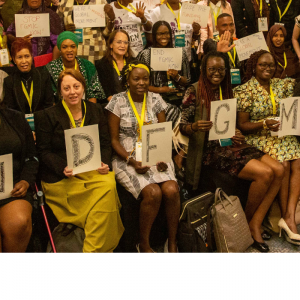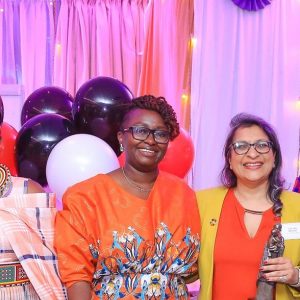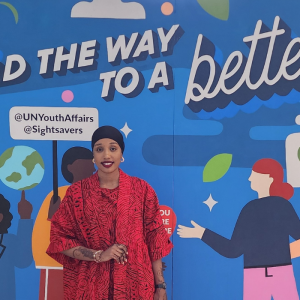If you’re reading this, you probably know that our mission is to end female genital cutting.
Sometimes the way to do that is by slow, steady steps. And sometimes it’s through a great leap.
That’s where we are right now.
There’s an opportunity to make sure that ending female genital cutting is hardwired into international development processes for the next 15 years.
If we can make that happen, it will fundamentally change the way the international community deals with this issue.
For the last few years, the great, the good and their policy advisors have been flying around the world to meetings in New York, Addis Ababa, Rio de Janeiro and elsewhere, to thrash out what the new international systems for development will look like.
This process will culminate with the UN adopting a new system of goals – called the Sustainable Development Goals. These will replace its previous goals – the Millennium Development Goals – which will expire at the end of 2015.
As you can imagine, there are a lot of important issues that need to be covered: poverty, disease, climate change – to name just a few.
Our job has been to make sure that female genital cutting is a major priority in the UN’s new goals.
That’s because, unless we relentlessly raise issues that matter, the sheer magnitude of different priorities means that certain issues can get lost. And issues that can be taboo like female genital cutting are less likely to get an airing.
For a long time there was a real question about whether the UN would commit to the critical step of actually getting countries to measure how many girls undergo the practice of female genital cutting.
Surprisingly, perhaps, in many countries that carry out female genital cutting, particularly in the Middle East and Asia (but also in countries in the global north like the UK and USA) there are no good statistics at all.
We need these figures because countries just can’t take meaningful action to end something unless they know how common it is and where it is taking place.
That’s why Orchid Project has been making the case that the Sustainable Development Goals need to include what’s called a ‘global indicator’ on female genital cutting. What that really means is that it needs to be measured in every country and every community that it takes place.
That’s why we’ve been holding 1-1 meetings with the key decision makers. It’s why we’ve been making our case to countries’ negotiating teams ahead of the big meetings. And it’s why we travelled to the UN’s conference in Addis Ababa to put on an event with some of the most influential people in international development, discussing the importance of female genital cutting.
You can read the briefing we’ve been sending to key players here
Whilst the UN will finalise the Sustainable Development Goals at the UN General Assembly later this month, they won’t confirm exactly what they’ll be measuring until early next year. At the moment, we’re in a good position – but there’s lots more to be done to make sure that female genital cutting is at the forefront of everyone’s minds as the negotiations continue.
And once the Sustainable Development Goals have all been agreed, we need to start talking to the UN and to countries themselves about what their very welcome ambition to end female genital cutting will actually look like in practice – but that’s a whole new blog post!
Our campaigning work is entirely funded by donations. Find out how you can support it
An update:
Global Goal 5 for Gender Equality includes target 5.3 which aims to ‘eliminate all harmful practices, such as child, early and forced marriage and female genital mutilation’.
Under this target lies indicator 5.3.2 the ‘proportion of girls and women aged 15-49 years who have undergone FGM/C, by age’[i].
We are pleased to announce that after intensive lobbying from Orchid Project, The Girl Generation and other organisations, the indicator under Global Goal 5.3 will now measure FGM/C in all countries including Middle East, Asia and diaspora countries.
The recognition of FGC on a global scale helps us to support our partners and associates all over the world to raise awareness and hold their governments to account to end FGC within the next generation.
[i] http://unstats.un.org/sdgs/






